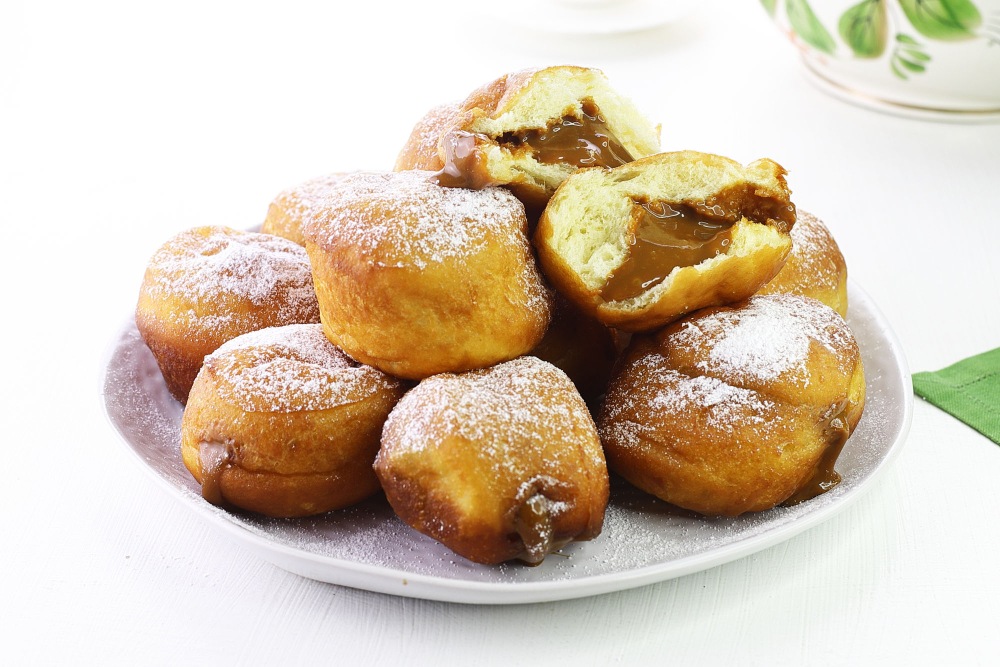Detailed step -by -step recipe with photo: Step 1
-
Prepare the necessary ingredients for a prescription of donuts with condensed milk, like in a store. It is best to take fresh milk with a fat content of 2.5–3.2%. It will give the dough softness and a slight creamy taste. You should not use skim milk — donuts will turn out to be more dry. It is best to take dry shiver of high -speed (Instant). They do not need to be dissolved in milk or water — they immediately intervene in flour. If you have ordinary active dry yeast, it is better to “wake up” them in advance: mix with warm milk and sugar.
For donuts, wheat flour of the highest grade with a protein content of 10-11%is suitable. It will provide the test for the correct structure: it will be elastic and airy, and the donuts themselves — lush, with soft crumbs. If the flour turns out to be too weak (low -haired), donuts can turn out to be flat and stale rapidly. Before the batch, it is better to sift flour — it will saturate it with oxygen and make the dough more tender.
For the filling of donuts, you need a thick, viscous boiled condensed milk of caramel color. It should not be liquid — otherwise it will flow out when filling. A real boiled condensed milk has a rich caramel taste with a mild creamy. It should not be bitter or acidic. In high -quality condensed milk, the color is uniform, without sugar crystals.
-
Step 2
Pour warm milk into a deep bowl (about 35–37 ° C). Add 20 g of sugar from the total and add dry yeast. Stir so that the sugar crystals dissolve, and the yeast dispersed.
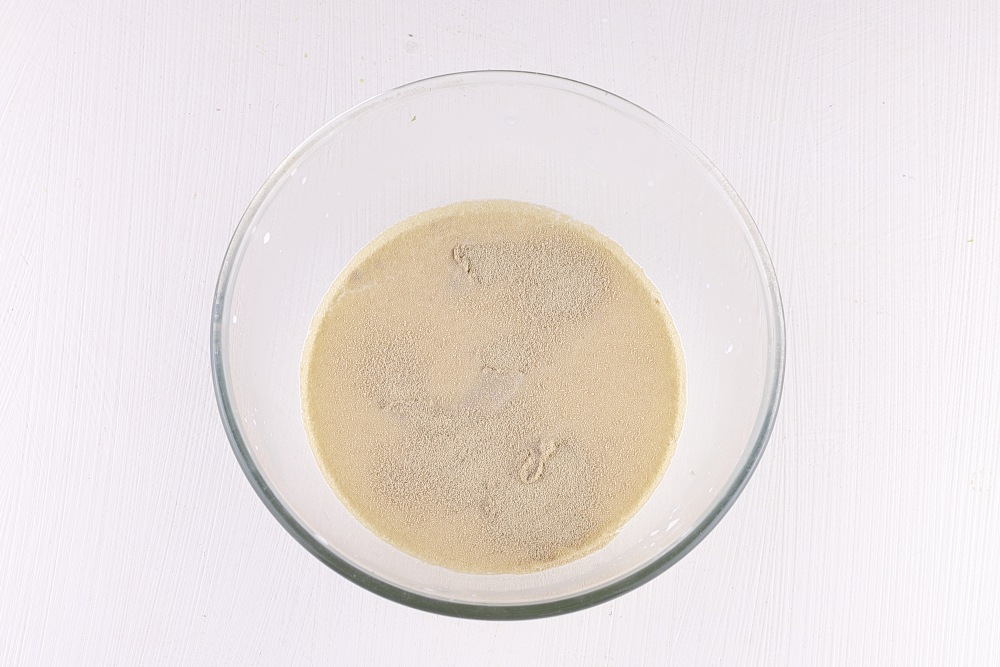
-
Step 3
To the yeast mass (milk, sugar and yeast) pour 50 g of sifted flour from the total.
Watch the master class «How to spend in the kitchen no more than 1 hour a day and at the same time it is good and useful to feed» 👉🏻 here
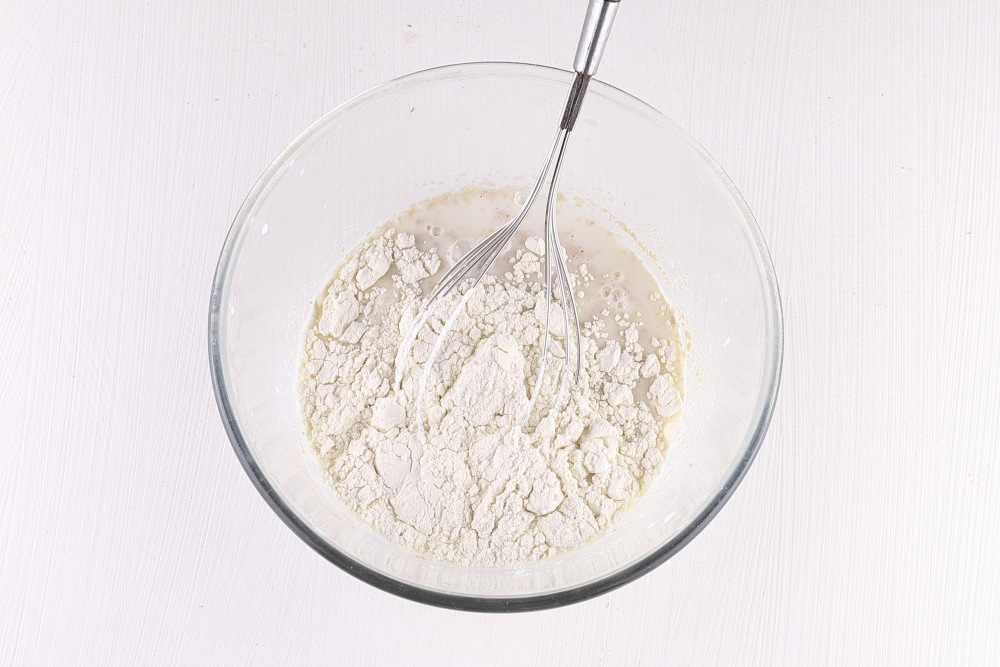
-
Step 4
Mix it well with a whisk or spoon until a homogeneous state, so that there are no lumps left. A liquid, smooth mixture, similar to a thick dough for pancakes, should be obtained. Cover the bowl with a towel or food film and leave in a warm place for 15–20 minutes. During this time, the OPA will begin to “play”: bubbles and light foam will appear — this is a sign that the yeast has come to life and you can continue the batch of the dough.
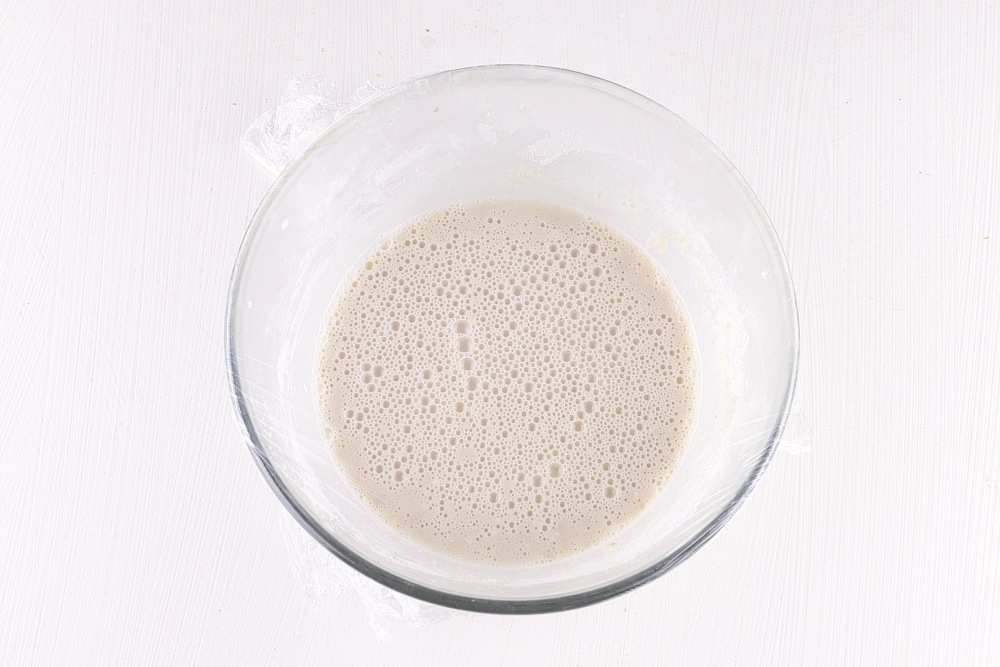
-
Step 5
In another deep bowl drive an egg at room temperature. Add the remaining 40 g of sugar, salt, vanilla sugar and orange zest.
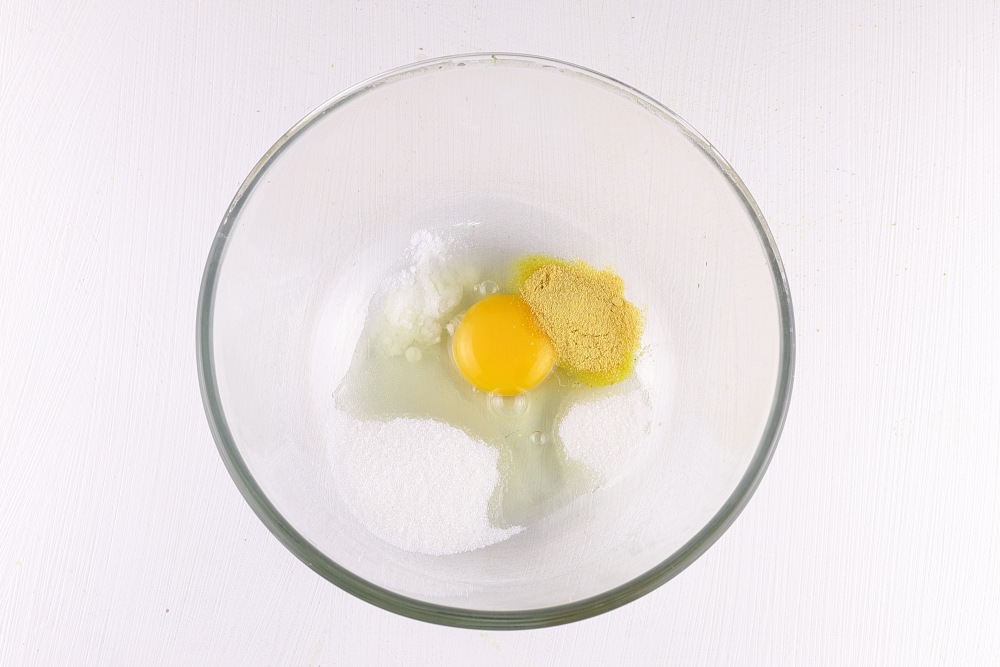
-
Step 6
Beat the mass slightly with a whisk so that the sugar begins to dissolve, and then mix until the mixture becomes homogeneous, light and slightly foamy. Thanks to this, the donuts will be more tender, and the taste — saturated with a thin citrus note.
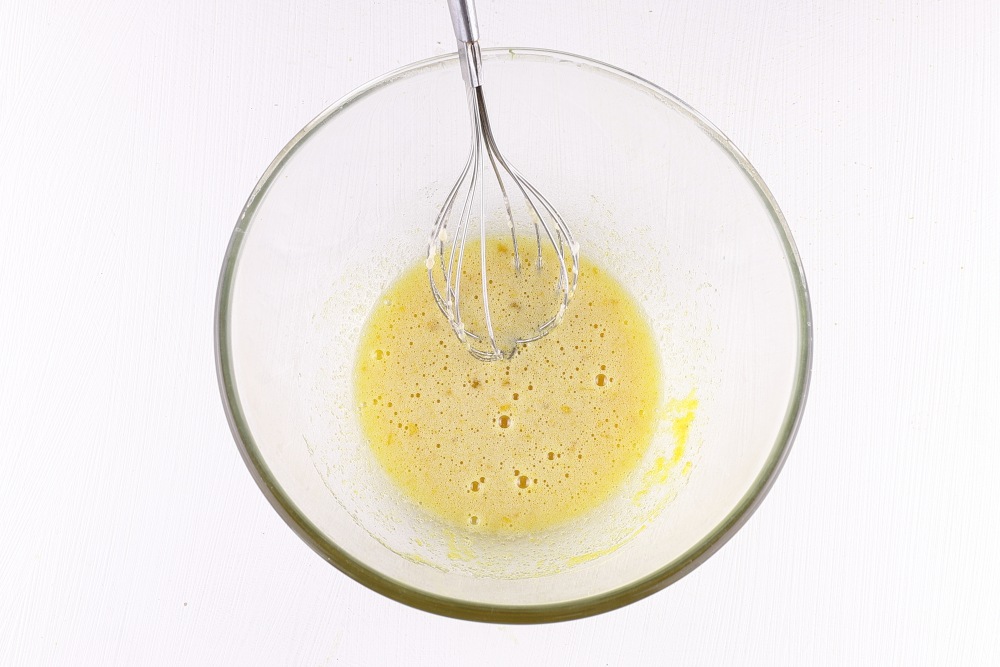
-
Step 7
About 20 minutes passed — the academan has grown markedly, became airy and covered with bubbles. A characteristic foam and a light yeast aroma appeared on the surface. This means that yeast is actively working.
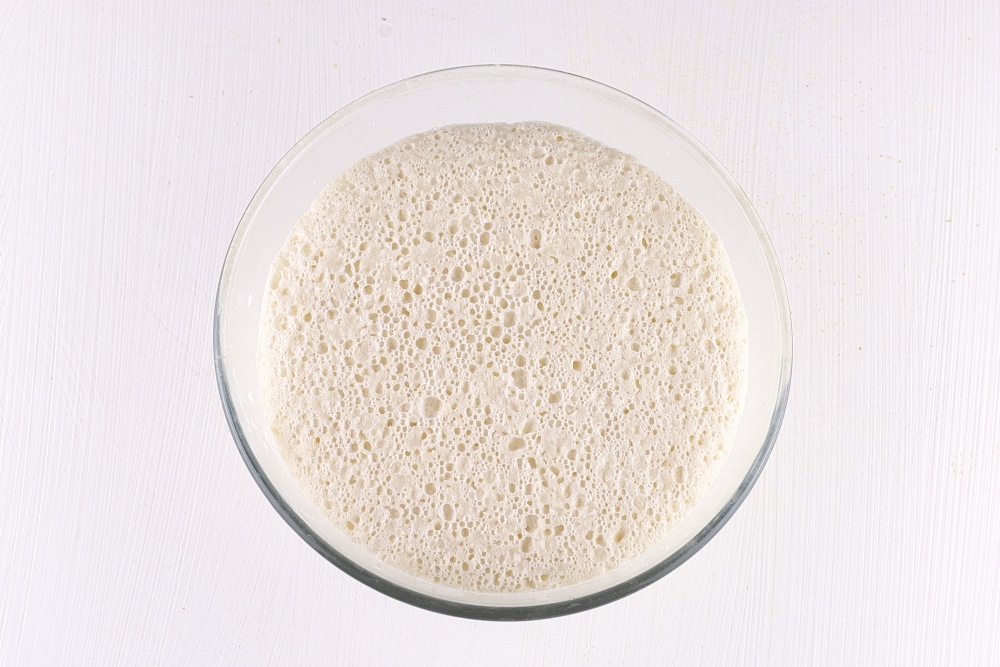
-
Step 8
Add dough to the egg mass. Mix. As a result, a slightly foaming, viscous mixture in which all ingredients are evenly distributed should be obtained. This guarantees that the dough will be magnificent and airy.
You may be interesting:
Popularly baking: 15 recipes for tea in half an hour

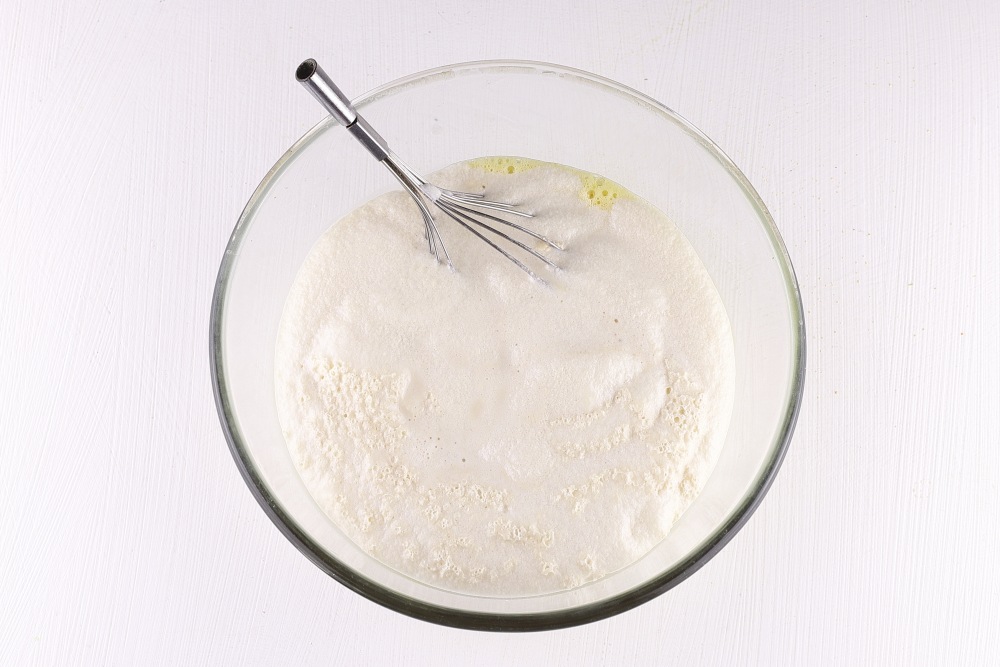
-
Step 9
Pour the remaining sifted flour into the resulting mixture in several tricks.
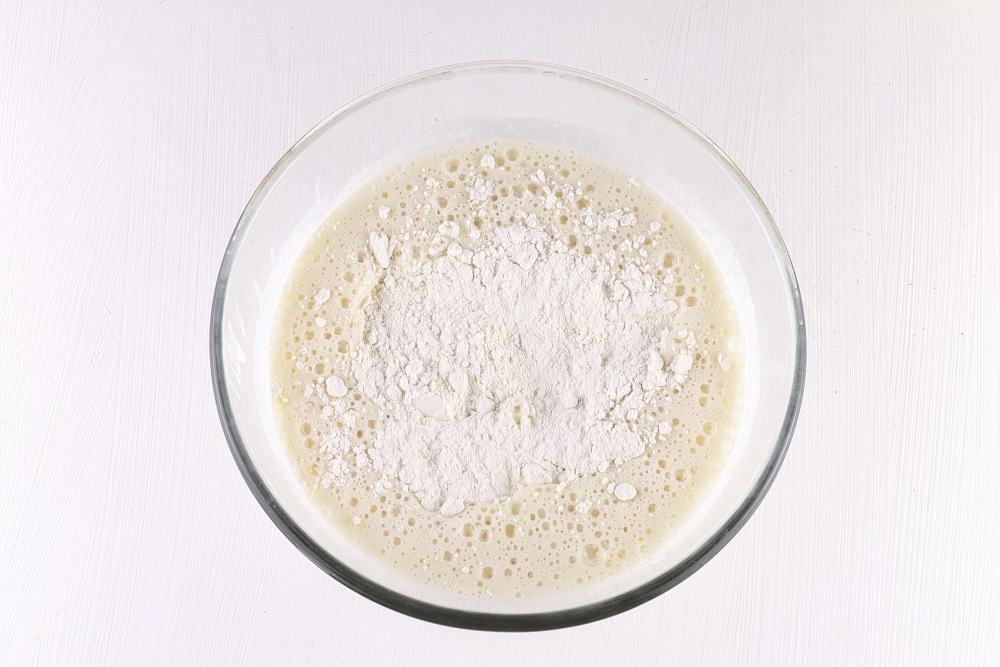
-
Step 10
Do this gradually, 100-150 g at a time, each time gently mixing the dough with a spoon or spatula. So the flour is better combined with the liquid part, and the dough will turn out to be more homogeneous, without lumps.
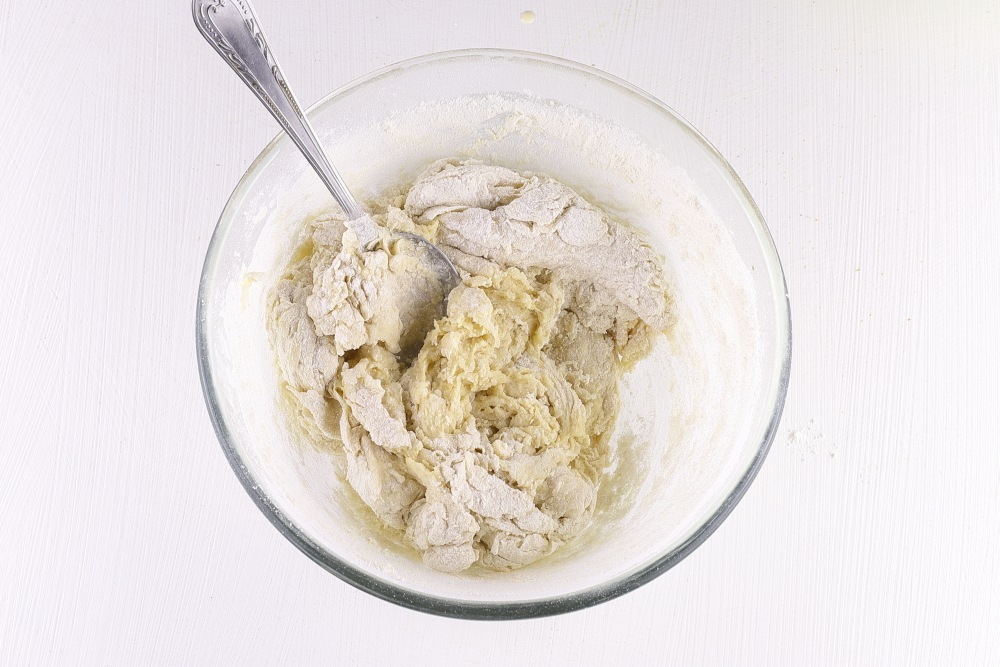
-
Step 11
Put the dough on a slightly sprinkled working surface. Gently blink with your hands, folding and stretching until it becomes homogeneous. The dough should turn out to be soft, elastic and slightly sticking to the hands — this is normal, so it will remain airy after lifting. If it is too sticky, slightly sprinkle hands and work surface with flour, but do not overdo it — excess flour will make donuts more dense. Monage for about 3-5 minutes, until the dough becomes smooth and pleasant to the touch.
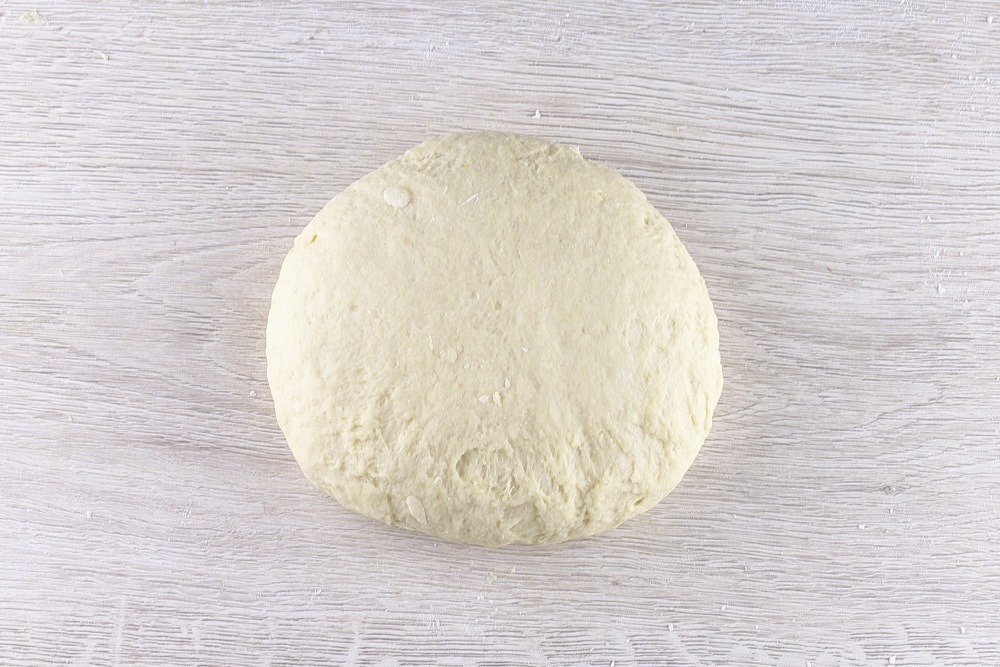
-
Step 12
Add soft butter (50 g) to the prepared test in several techniques. Cut the oil into small pieces and alternately interfere them in the dough with your hands or spatula. After each addition, carefully knead the oil in the dough until it is completely absorbed.
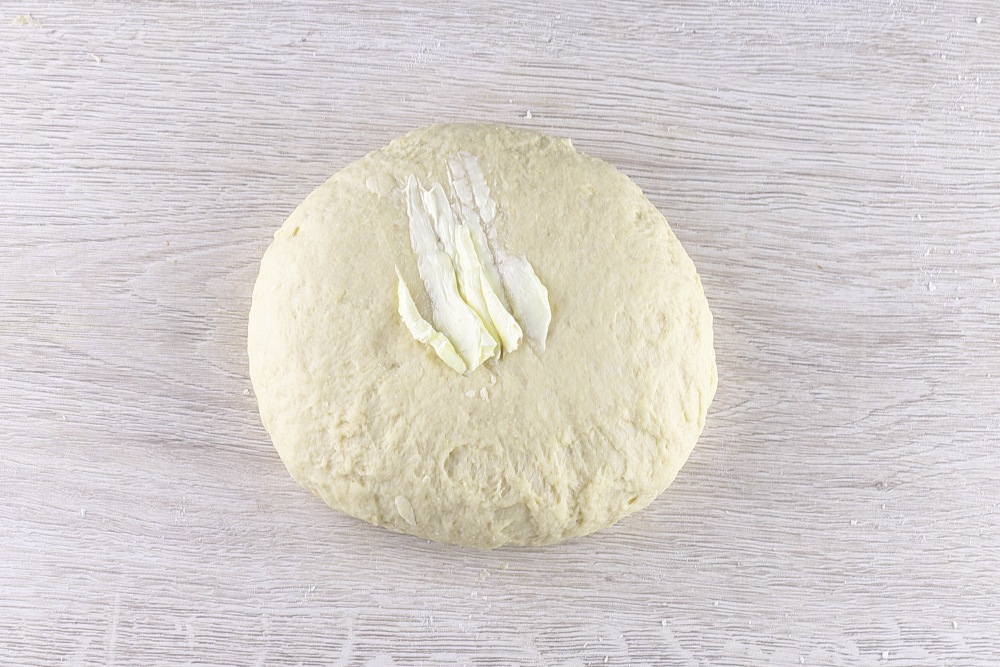
-
Step 13
The dough should become elastic, smooth and soft, but a little sticky — this is normal. Such a phased method helps to evenly distribute fat throughout the dough, making future donuts especially air and tender. After adding all the oil, the dough needs to be kneaded for 10-15 minutes. Such a dough can be prepared in tests.
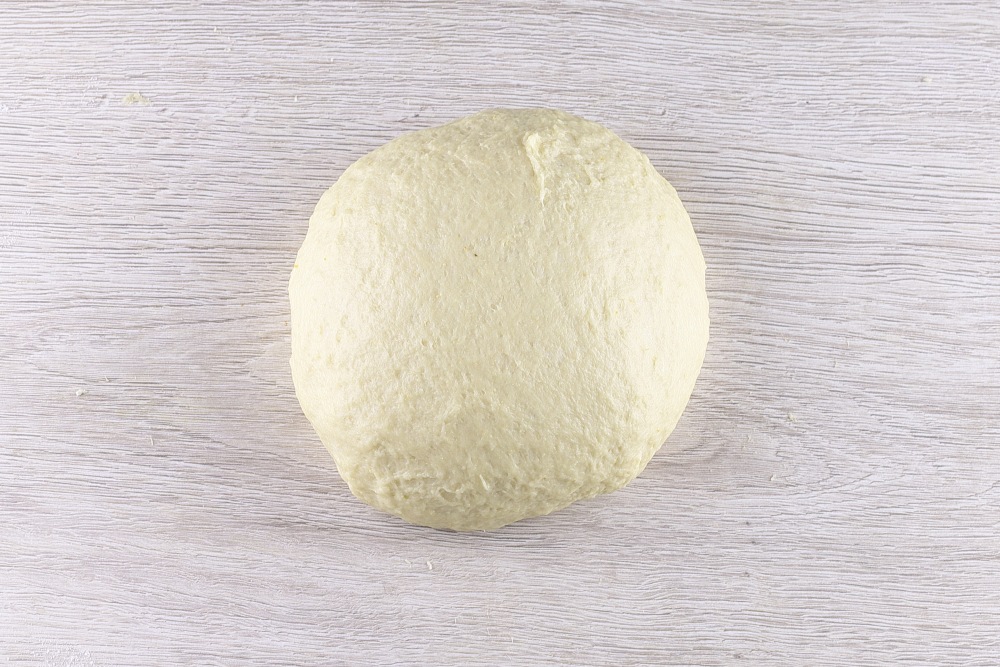
-
Step 14
Put the finished dough into a deep bowl. If desired, the walls of the bowl can be lubricated with vegetable oil. Cover with cling film. Send to a warm place without drafts for 1.5 hours.
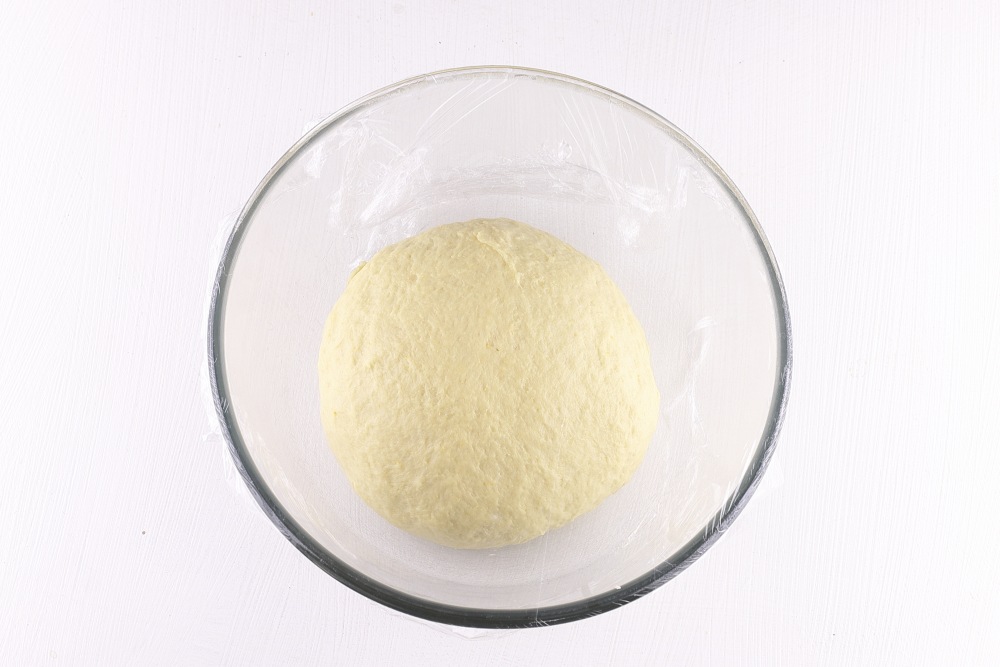
-
Step 15
1.5 hours have passed — the dough increased perfectly in volume, it has become lush, soft and airy. Light bubbles are visible on the surface, and when lightly pressing a finger, the dough slowly returns the shape. This means that the yeast worked completely, and the dough is ready for the next stage — forming donuts.
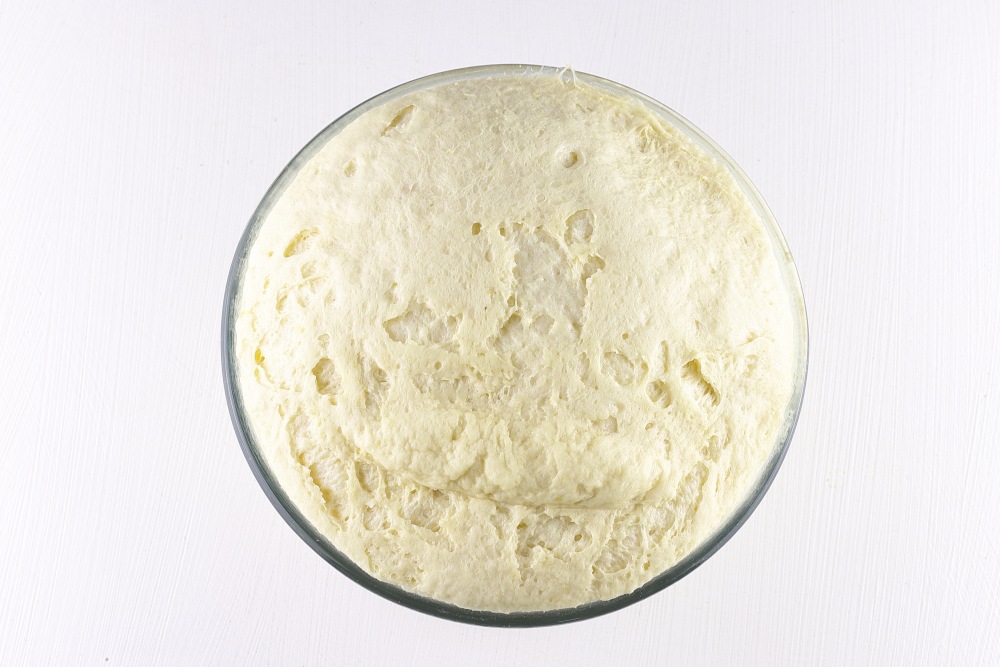
-
Step 16
Put the rising dough on a working surface slightly sprinkled with flour. Gently grind the dough, folding it and slightly pressing it with your palms to release excess air. Do it gently so that the dough does not lose its airiness. It should remain soft, elastic and slightly stick to the hands. After a faint, the dough is ready for forming donuts.
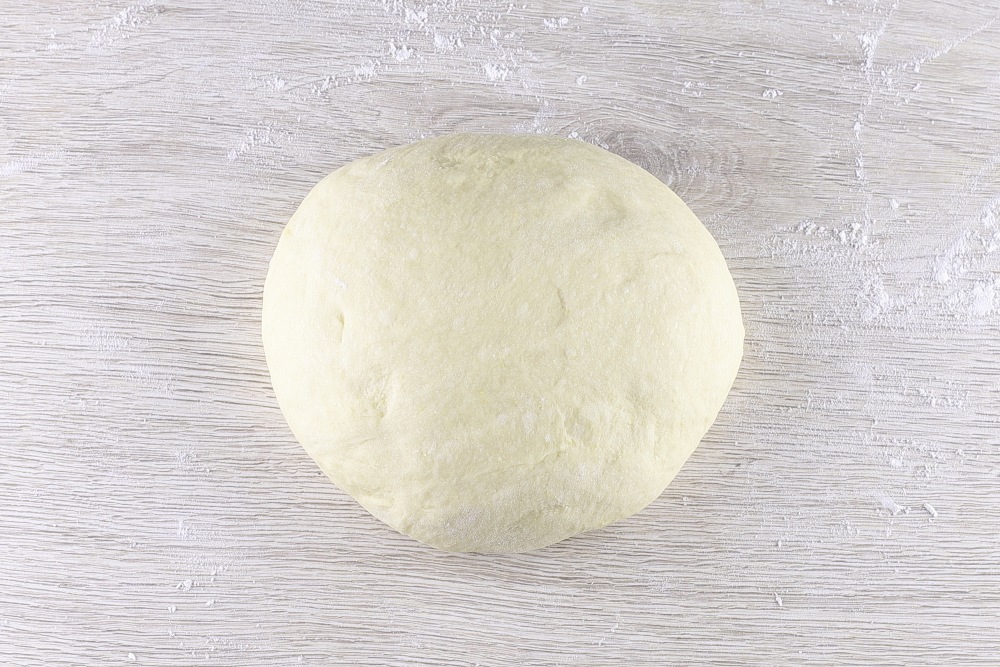
-
Step 17
On a slightly sprinkled flour of the working surface, carefully roll out the dough into a layer about 2 cm thick. To do this evenly, trying not to squeeze the air out of the dough so that the donuts are lush. If the dough sticks a little to a rocking ramp or table, pour a little flour. The layer should turn out even so that all future donuts are the same size and baked equally when frying.
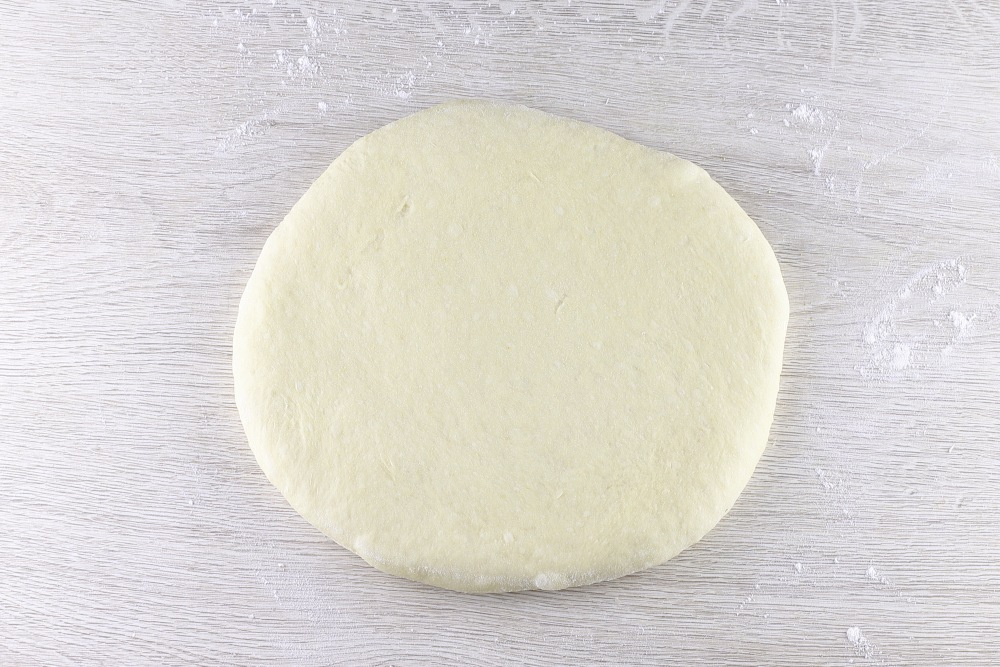
-
Step 18
Dip a glass or mold for cookies in flour so that the dough does not stick. Gently squeeze round blanks with a diameter of 7 cm from a rolled layer of dough. Remains the dough again assemble, slightly might and roll out to cut out new blanks.
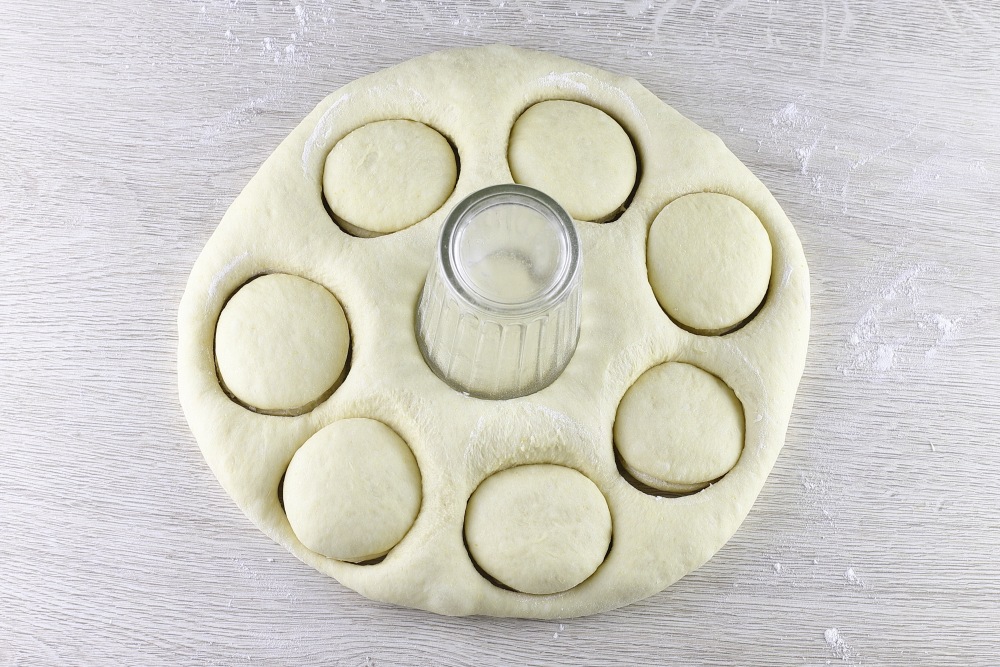
-
Step 19
Put the cut blanks on the kitchen board sprinkled with flour at a distance from each other or use paper so that there are no fingerprints on the product. Cover with cling film. Leave in a warm place for 25-30 minutes.
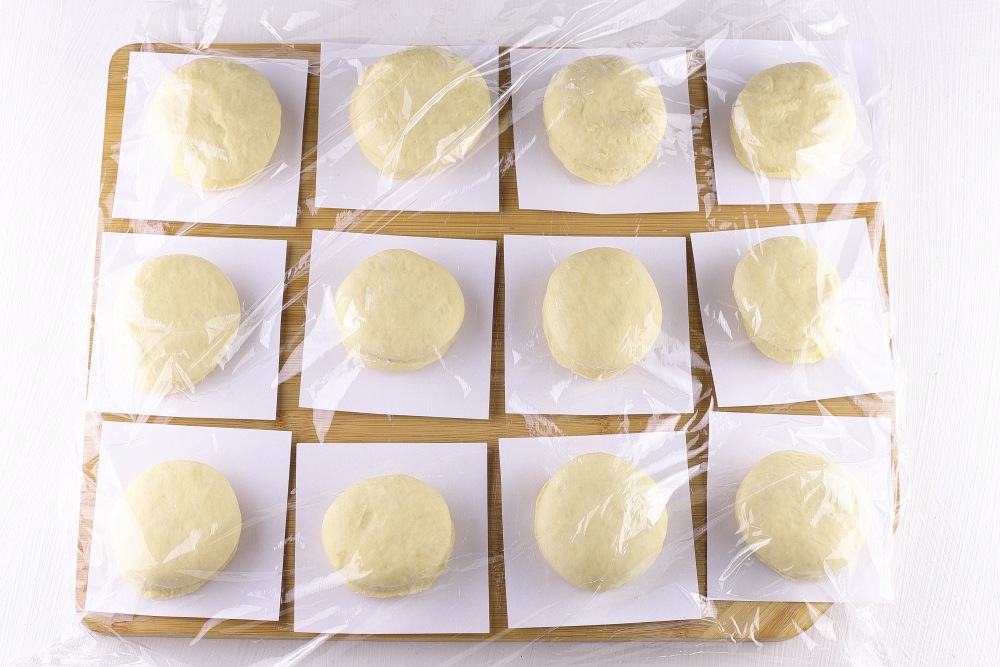
-
Step 20
In a wide pan, saucepan or deep pan, heat the vegetable oil for deep fry to a temperature of about 170–175 ° C. To check whether the oil is hot enough, you can lower a small piece of dough into it — it must immediately start bubbling, but not burn. Oils will need approximately 500-700 ml, depending on the dishes used.
Gently lower the blanks into the oil one or several pieces so that they swim freely and do not touch each other. Fry the donuts on fire below the average so that they warm up evenly and do not burn out.
Periodically check so that the workpieces acquire a beautiful golden-rhuman color from all sides. Turn them carefully with a slotted spoon or forceps so as not to deform.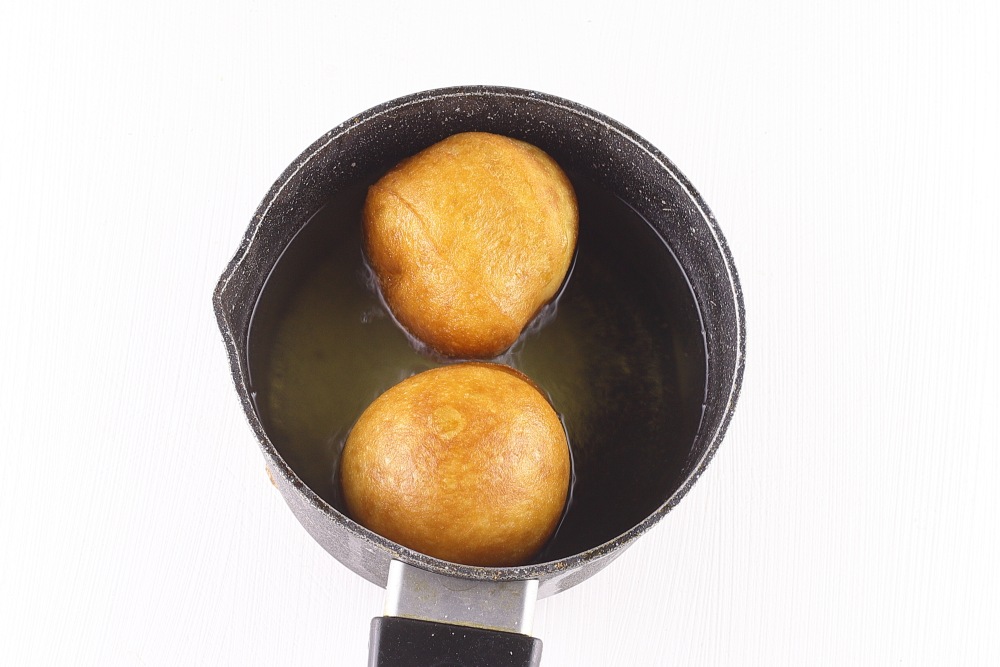
-
Step 21
Gently remove the fried donuts from the oil with a slotted spoon and put on a flat plate, previously covered with a paper towel. The towel will absorb excess vegetable oil so that the donuts are not fat. To give them completely cool to room temperature — it is important that the filling does not spread, and the donuts retain the shape and remain soft and air.
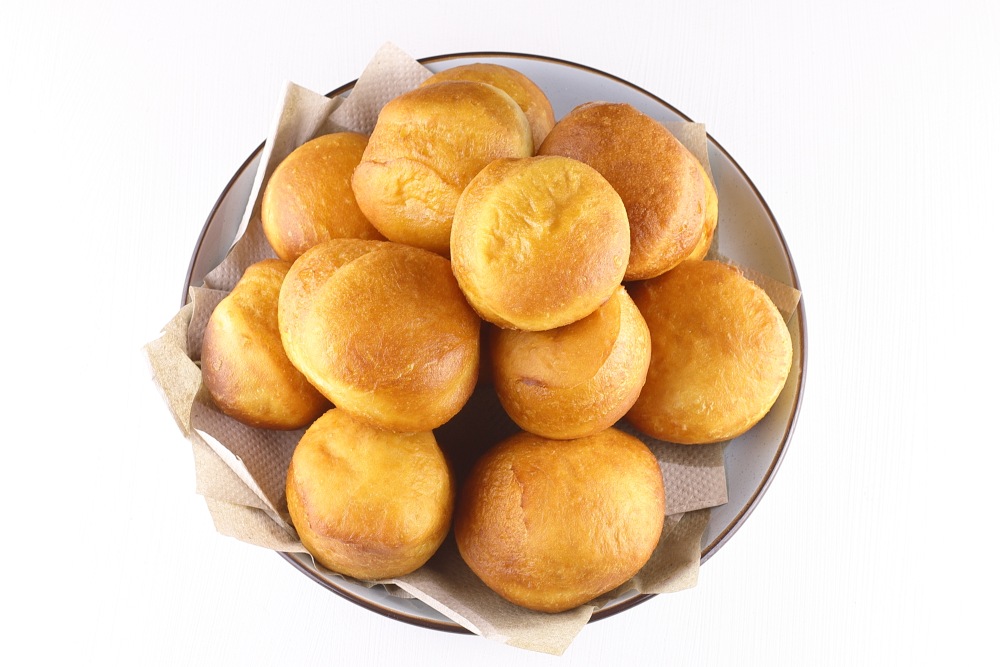
-
Step 22
Transfer boiled condensed milk into a dense confectionery bag with a narrow nozzle for filling (for example, as for eclairs). Before filling, make sure that the condensed milk is quite thick and homogeneous, without lumps.
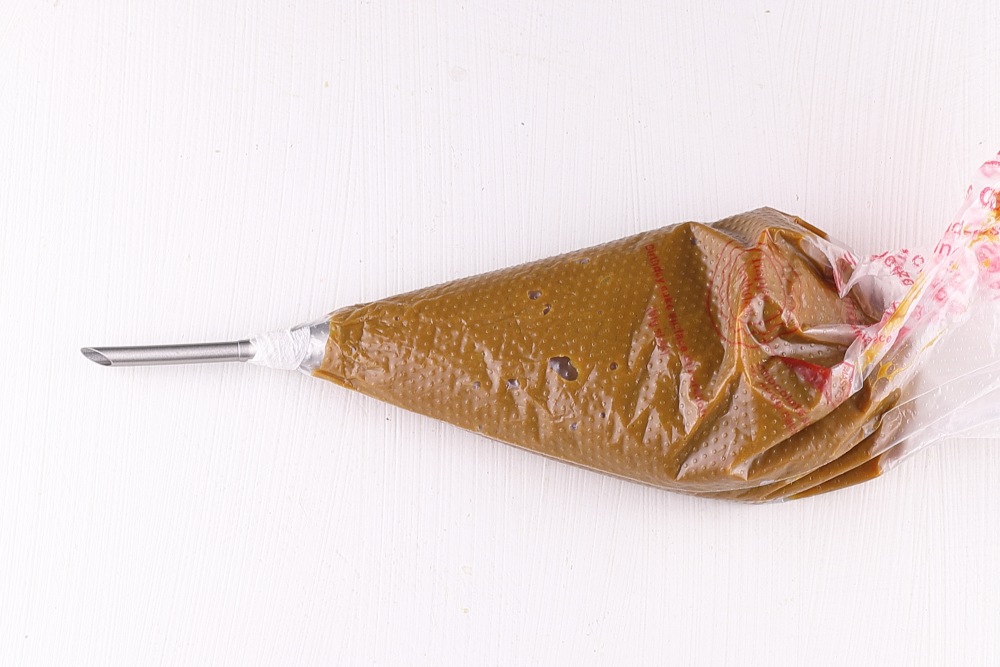
-
Step 23
Take a cooled donut and carefully make a puncture of a confectionery bag on the side or below. Slowly squeeze the bag to press the boiled condensed milk inside the donut. You need to be filled carefully so that the dough does not burst and the filling is evenly distributed inside. Approximately 1-2 teaspoons of condensed milk for each donut, depending on the size.
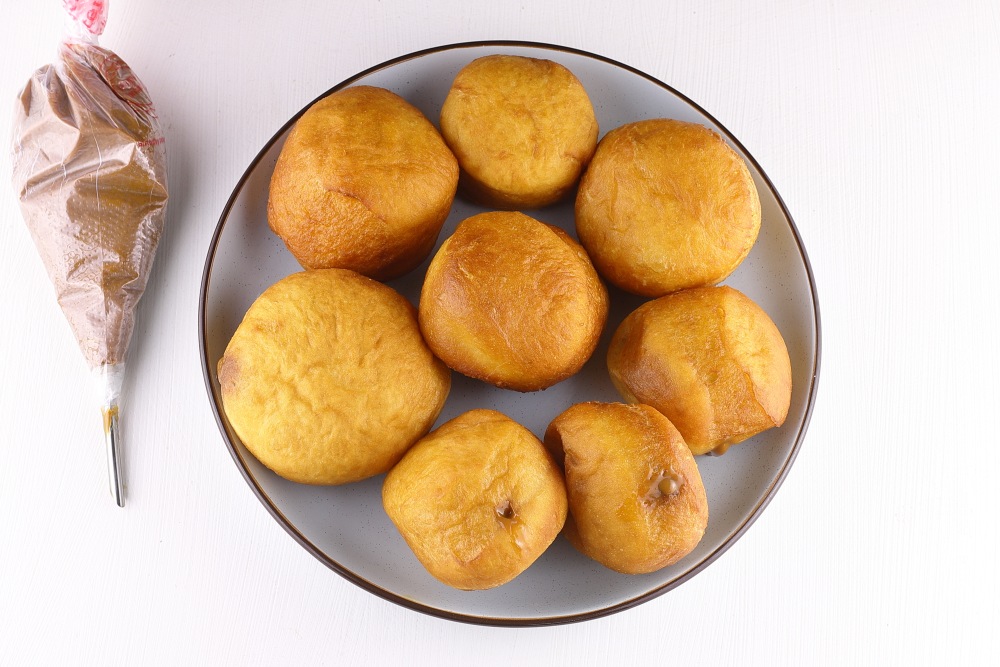
-
Step 24
Sprinkle sugar and serve to the sweet table.
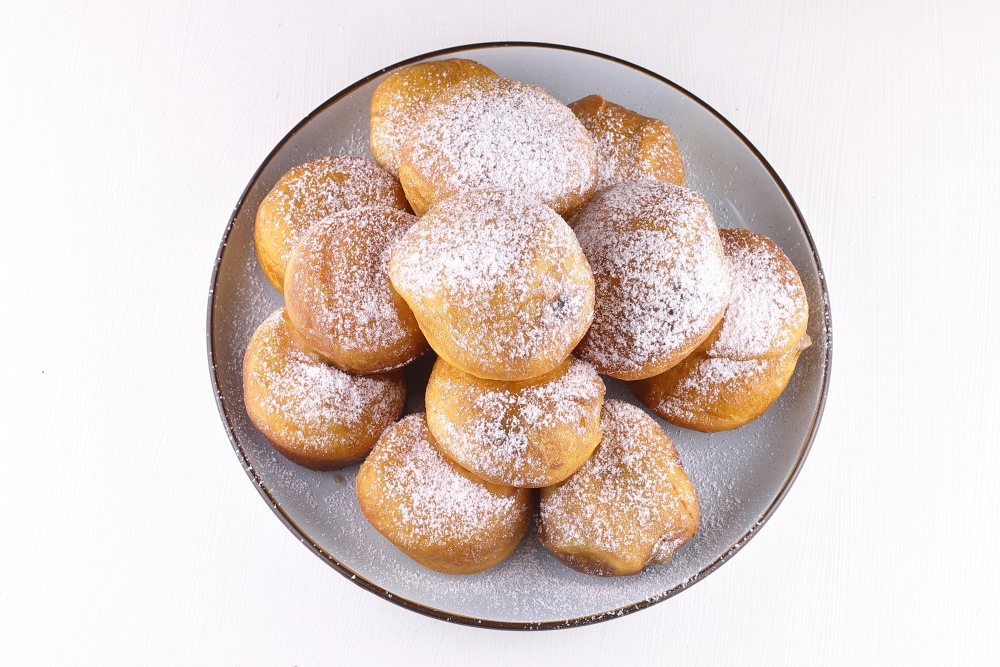
-
Step 25
Donuts with condensed milk, as in the store are ready. Nice tea party!
Other prescriptions of donuts, see 👉🏻 HERE
